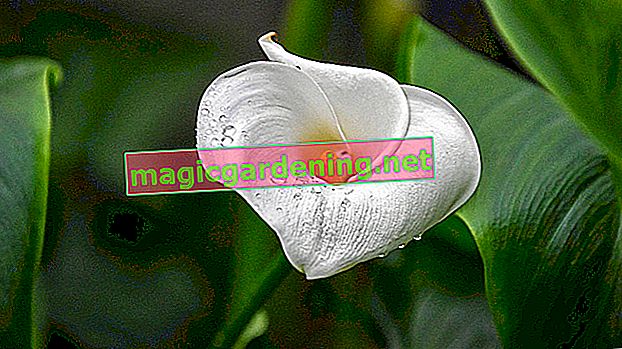
Not all magnolias are deciduous
Many types of magnolia shed their leaves in autumn, but there are also evergreen varieties. The difference is due to the different origins of the trees, because some magnolias come from regions that are always warm. The rule of thumb is that evergreen magnolia varieties are usually only slightly or not at all winter hardy and should therefore be cultivated either in pots or, when planted, in mild regions (e.g. the German wine-growing regions). The foliage-shedding magnolias first bloom and then develop their leaves. Leaves and flowers can only appear at the same time for a possible second bloom in summer.
also read
- Magnolia gets brown leaves, what to do?
- Magnolia has yellow leaves, what to do?
- Lichen indicate health of the fruit tree
Leaves turn brown
Brown leaves on magnolias usually indicate damage from late frosts and / or an unsuitable location - the magnolia simply does not feel comfortable and indicates this with the leaf color. Magnolias need a sunny (but not too sunny) location protected from the wind, and the soil should be as loose as possible, rich in humus and slightly acidic. Brownish spots, on the other hand, are a hallmark of leaf blotch disease, which is caused by a fungus. It occurs mainly in warm but humid weather conditions.
Leaves turn yellow
Yellow colored leaves always indicate a lack of nutrients. This can occur because the roots are either unable to absorb nutrients and transport them to the upper leaf areas because the soil is too heavy or waterlogged (caution, risk of rot!) Or because there are simply not enough nutrients in the soil. For optimal nutrient absorption, magnolias need a slightly acidic to acidic soil with pH values between 5.5 and 6.8. In many cases, the yellow leaves of the magnolia indicate a lack of magnesium or iron. Fertilizing with a rhodendron fertilizer is not wrong in such a case.
Tips
Magnolias need a lot of water and should therefore be watered in dry and hot periods. However, you should be careful not to pour the irrigation water over leaves and flowers.








